
Because of silk's excellent softness and unique silky characteristics, it is not a simple thing to use silk fabrics make the desired clothing for whom first time to make silk garments, especially sewing. We should be prepared before sewing:
Pre - shrink, lining, sewing machine adjustment.
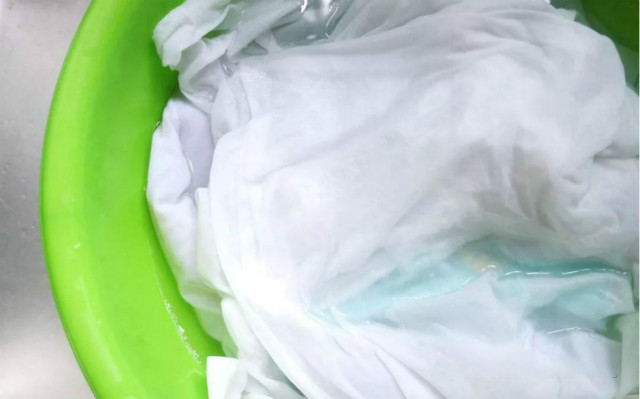
1, Pre-shrinking
The shrinkage rate of real silk fabric is between 5% and 15%. It is better to pre-shrink the fabric before sewing. If there is no pre-shrinkage, you may have no other choice for washing except dry cleaning. When shrinking, you can add some silken or neutral softener in the water, which can not only clean the fabric, but also reduce the happen of static electricity.
PS: the real silk fabric must be soaked in cold water, and it is best to soak each piece of fabric separately when shrinking, so as to avoid mutual dyeing between different designs and colors. The first time the fabric will be a little floating color, it will not happen after pre-shrinkage.
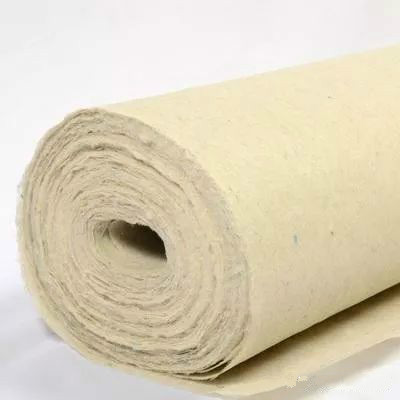
2, Stick Lining
In order to prevent the silk fabrics stretching deformation, also in order to facilitate cutting, silk fabrics need to be sticked lining.
There're two common lining often used. One is called water-soluble lining, the other is a special silk lining. The water-soluble lining, usually in cutting or sewing, increases the tension of the fabric, making it easier to cut and sew. The silk special lining is more usually used in making real silk garments. Such as the folds of the silk cheongsam chest and waist, bosom collect plait place, sew the place need to add silk special lining commonly. It can not only increase fabrics ply and toughness already, but also prevent hooking silk during wear these garments. When sewing thin silk fabrics, senior sewing worker like to underlay a piece of white paper while stick lining, it can have the effect that increases fabrics ply likewise.Then just tear off the paper gently.
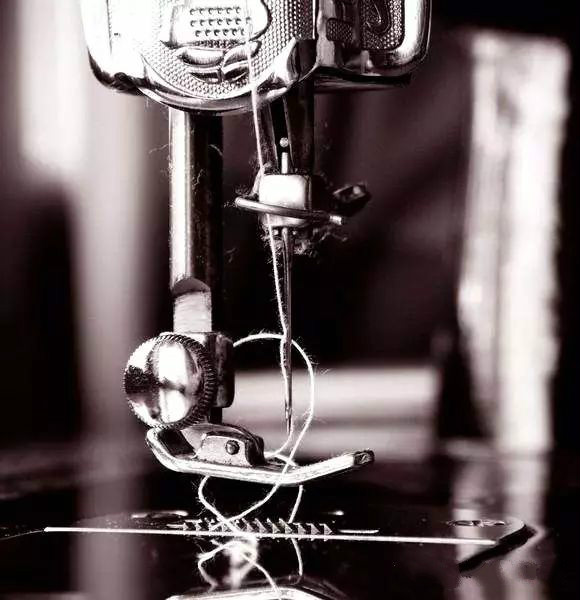
3. Adjustment of sewing machine
Choose appropriate machine needle. Not all real silk fabrics need to use the finest sewing needle to sew, Generally, 11 machine needle is suitable for silk georgette, silk chiffon, silk habotai and so on; elastic fabrics we choose 11-14 machine needle.
After selecting the right needle, we need to adjust the tension of the bottom and top stitch. Test with a piece of waste cloth. Only when the bottom and top stitch size are consistent can it be operated on the finished product.
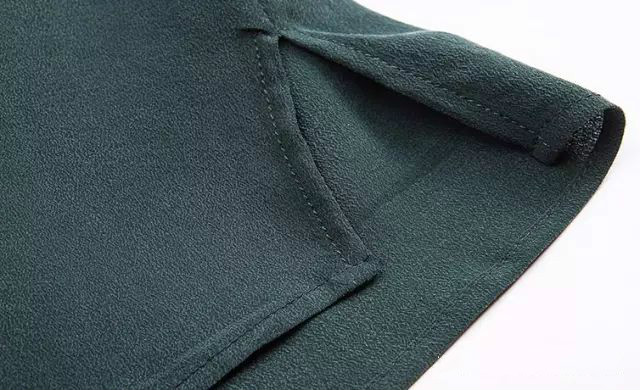
Silk fabrics needle size is more smaller than other fabrics needle size, 4-5 needles/1cm is too thin to sew. Too dense fabric easy to break. Stretch fabric stitch size is slightly larger, 3 to 4 stitches per cm.
In the process of operation, with the hand in the front of the fabric gently pull, hands and feet to cooperate well, otherwise will impact on the fabric flatness.
PS: if you don't know how big the stitch size should be, you can do a survey in the shopping mall to see how the same fabric finished products are made, and how the stitch size is mastered is also an experience.
After the preparatory work do well, let's do it formally next!
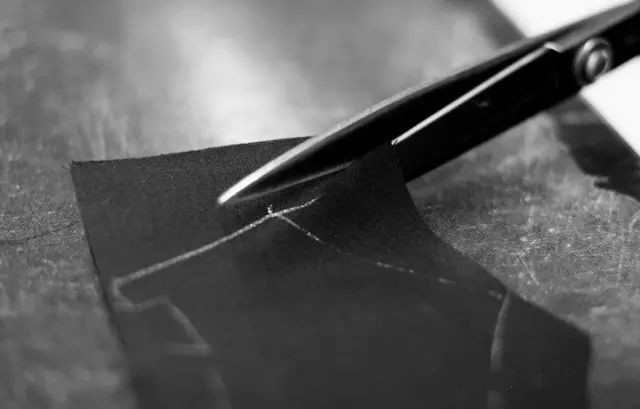
1, the cutting
Choose the type you like, according to the actual size of the body you can start to cut out. Make sure to iron the fabric flat before cutting.You can add silk lining in advance before cutting. It is not advisable for beginners to start with thin silk fabrics, such as silk georgette, silk chiffon and silk organza... You can use silk charmeuse or silk crepe de chine with a thickness of 16 mm and above for training.
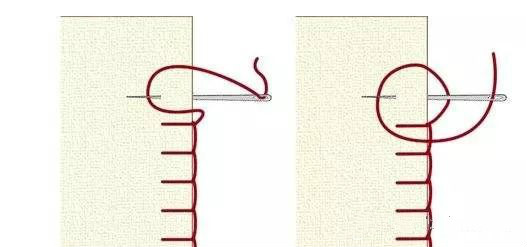
2. Locking edge and crimping edge
Locking edge and crimping edge of thin silk fabrics often let many novices very headache. Here's a tip: if you can't lock the edge once, do it twice. Use universal presser foot for the first time to lock the edge, tiling the fabric edge, and quick sewing with zigzag stitch. Then change the crimping presser foot, because the fabric edge has been through a sewing, greatly increased tension, so the crimping becomes much easier. It's easy to roll out nice edges by using the regular edge roll method on fabrics of normal thickness.
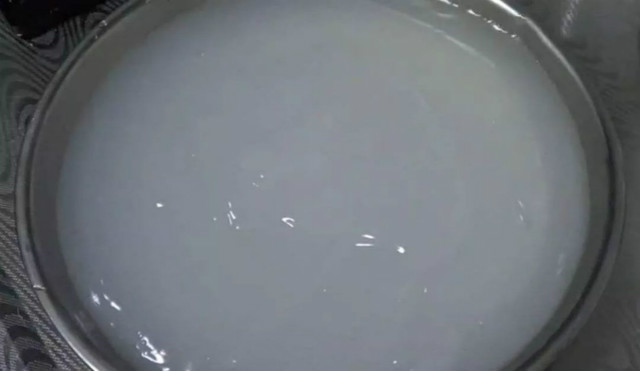
If you need to wrap the edges, you can use thin starch paste to scrape it. (Starch paste: first, adjust the starch with cold water, and then with boiled water, to stir well, not granular. Another easy way: it's also good to scrape with a thin rice paste.)
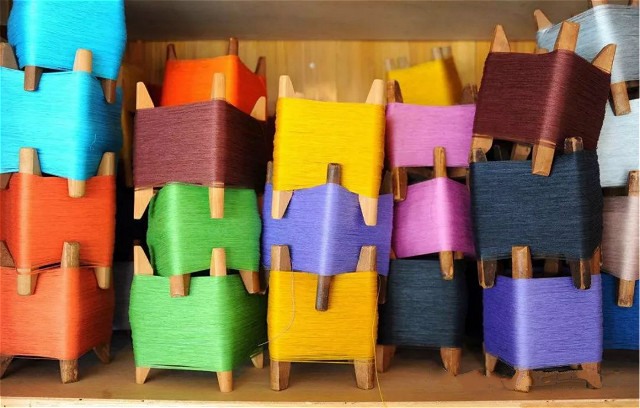
Here are some practical tips for sewing.
1, Reduces the pressure of the foot press. You can adjust the screw by yourself or ask the master to adjust it.
2, Underlaying a thin paper then removed it gently.
3, Doesn't know how to choose correct needle No., can be preferred to choose No.9 German needles. Because this needle when making real silk thin material, won't tie off fabric, so won't appear to draw silk phenomenon.
4, Selection is important for sewing threads. Imported sewing thread (polyester filament) of no. 50 or 60 is a very good. It is much thinner than ordinary polyester sewing thread, but its tensile strength is good, it is does not break frequently while sewing.
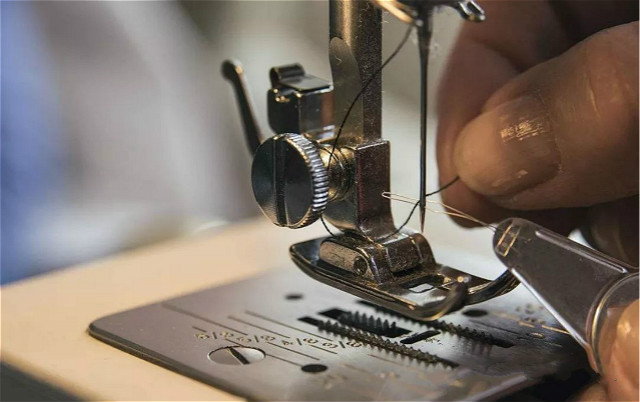
The main point of the feed dog adjustment: take the old machine as an example, it is good to adjust the feed dog to 0.4mm. The height needs to be adjusted according to the fabric.
Real silk fabrics: set feed dog height about 0.4mm
Medium thickness fabric: set feed dog height 0.75mm
Thick fabric: set feed dog height 1.2mm
The common fabric used height is 0.7mm
Adjusts the pressure of the shuttle peg sleeve. Counterclockwise is the slack, clockwise is the tense. Hold the thread head with your hand and shake it slightly. The shuttle peg sleeve will fall down gradually. This kind of pressure is appropriate. Finally, adjust the tension of the top stitch, so that the top and bottom stitch are consistent. Don't be too small needle number, use your hand to pull the fabric piece, follow the feed dog delivery, and naturally pull the fabric piece forward.
These real silk fabrics sewing practical skills, need to often think and practice, the so-called "no other, only familiar hand."
Contact: Lily Wang
Phone: +86-15067102905
Tel: +86-15067102905
Email: lily@lihaisilk.com
Add: KongFen Building1-603, 299# Miaohouwang Road,Xixing Street,Binjiang District,Hangzhou,China.